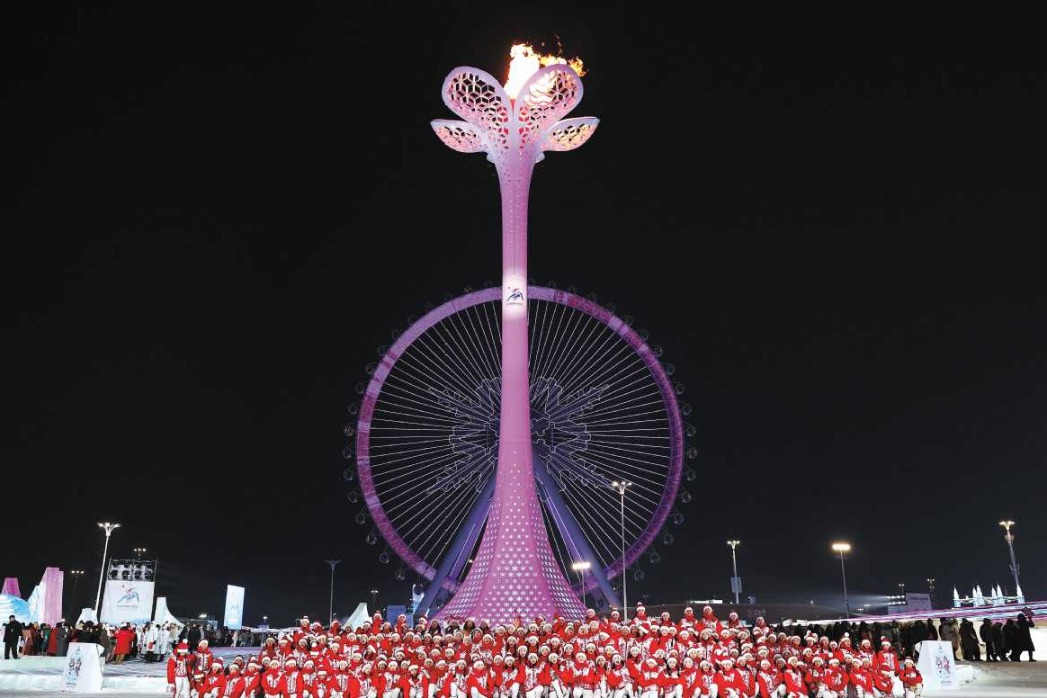New geological and weather risks in the horizon


The Philippine Taal eruption may reflect new risks. With accelerating climate change, more frequent eruptions could prove likely over time, while the US exit from the Paris Agreement will accelerate climate risks in the coming years.
On January 12, my wife and I were walking around Malate, close to Manila Bay. It was a beautiful, warm and sleepy Sunday afternoon. Little did we know about the turmoil that was bursting only 50 kilometers to the south in the proximity of Taal volcano, which is located on Luzon Island in the province of Batangas.
After two stronger explosions, far worse followed in early evening as a continuous eruption generated a huge 10-15 kilometers high steam-laden tephra column with frequent volcanic lightning that rained wet ashfall as far as Metro Manila.
Weather and geological risks
As the Batangas was declared under a state of calamity, residents were ordered to be evacuated within a radius of 14 kilometers. The danger zone remains a home to some 460,000 people. However, 25 million people live within 100 km of the volcano, including 13 million in Metro Manila alone.
The Alert Level 4 remains effective in the region, indicating that "a hazardous explosive eruption is possible within hours to days."
The Taal volcano is part of the Pacific Ring of Fire. The horseshoe-shaped huge basin of the Pacific Ocean extends from Indonesia to Chile, accounting for 90 percent of the world’s earthquakes and over 80 percent of the world’s largest earthquakes.
According to the Global Climate Risk Index 2020, long-term climate risk is relatively highest in Puerto Rico, Myanmar, Haiti and the Philippines, which have been identified as the most affected countries in the past two decades.
The ranking is based only on weather-related events – storms, floods as well as temperature extremes and mass movements (heat and cold waves etc.). The index does not include “geological incidents,” such as earthquakes, volcanic eruptions or tsunamis, which are not considered “relevant” for the purpose.
Nevertheless, in the past month, such geological incidents have hit several countries that top the list of weather-related events. Earthquakes registering a magnitude of 4.3 to 6.4 have shaken Puerto Rico, Myanmar, Pakistan, Nepal and Dominica, while the Philippines has also coped with the Taal eruption.
Of course, correlation does not mean causation. But what does it mean?
Geosphere and climate change
Recently, the number of those who do see “some kind” of correlation between climate change and volcanic activity has been on the rise. One of them is emeritus professor Bill McGuire in geophysical and climate hazards at University of California in Los Angeles (UCLA). In 2012, McGuire published Waking the Giant. As its subtitle suggests, he argues that, in the complicated Earth-system, a changing climate may “trigger earthquakes, tsunamis and volcanoes.”
A warmer atmosphere may promote greater melting of the polar ice caps, thereby raising sea levels and increasing the risk of coastal flooding. Similarly, the thin layer of gases that hosts the weather and fosters global warming may interact with the solid Earth – the geosphere — in a way as to make climate change an even bigger threat.
In 2009, Chi-Ching Liu at Taipei's Academia Sinica provided evidence for a link between typhoons barreling across Taiwan and the timing of small earthquakes beneath the island. Storms might act as safety valves, repeatedly short-circuiting the buildup of dangerous levels of strain that otherwise could eventually instigate large, destructive earthquakes.
In a 2017 study on Iceland's eruptions some 5,500-4,500 years ago, Graeme Swindles and his team in the UK University of Leeds found that the number of eruptions dropped significantly as the climate cooled and ice expanded. Since it took a long time to grow ice masses, there was a time lag of 600 years between when glaciers advanced and volcanic activity diminished.
Nevertheless, even small changes in ice volume can affect volcanism. And if the temperature is going up fast, it takes less time to melt ice, which may translate to a far shorter time lag.
According to the World Meteorological Association, since the 1980s, each successive decade has been warmer than any preceding decade since 1850.
US withdrawal from Paris Accord amplifies risks
Despite rapidly rising climate risks, the struggle against climate change is about to enter a new and a more dangerous phase. In mid-2017, President Trump declared the United States would withdraw from the Paris Agreement (PA), an international accord to address climate change over the 21st century. Last November, the US began the official withdrawal procedure, which would likely take effect on or after November 4, 2020 - interestingly, a day after the 2020 US presidential election.
In US foreign policy, such withdrawal is likely to diminish US standing in the world by making the country an international rogue state on climate change, thereby reducing US reliability as a negotiating partner. Unlike Washington, Beijing supports the Paris Accord and has increased efforts in the global struggle against climate change.
In terms of the environment, US withdrawal would undermine international consensus and commitment to reduce greenhouse gas emissions (GHGs) to net zero in the second half of the century.
Most Americans and, according to surveys, 80 percent of young people think the federal government should address climate change opposing the impending Trump withdrawal. Many support the proposed “Green New Deal,” introduced by Rep. Alexandria Ocasio-Cortez, the popular New York Democrat and Socialist.
In global economy, the Paris Accord was designed to pave a way to long-term shift for world economies could move toward “deep decarbonization” over time. During the transition, economic growth would be sustained, yet delinked from emissions of CO2 and other GHGs. While this transition would result in short- and medium-term costs, unsustainable development would impose far greater costs over time.
Under high emissions scenarios, these expenditures are projected in hundreds of billions of dollars per year (Climate Impacts and Risk Analysis, 2017) and up to -15.7 percent of GDP (2017 report by Hsiang and colleagues) by the end of the century.
Simply put, unsustainable climate change has unbearable costs. If the US exit will materialize at the end of the ongoing year, global climate risks and associated adverse costs will increase dramatically.
The author is the founder of Difference Group and has served at the India, China and America Institute (US), Shanghai Institute for International Studies (China) and the EU Centre (Singapore).
The opinions expressed here are those of the writer and do not necessarily represent the views of China Daily and China Daily website.

































